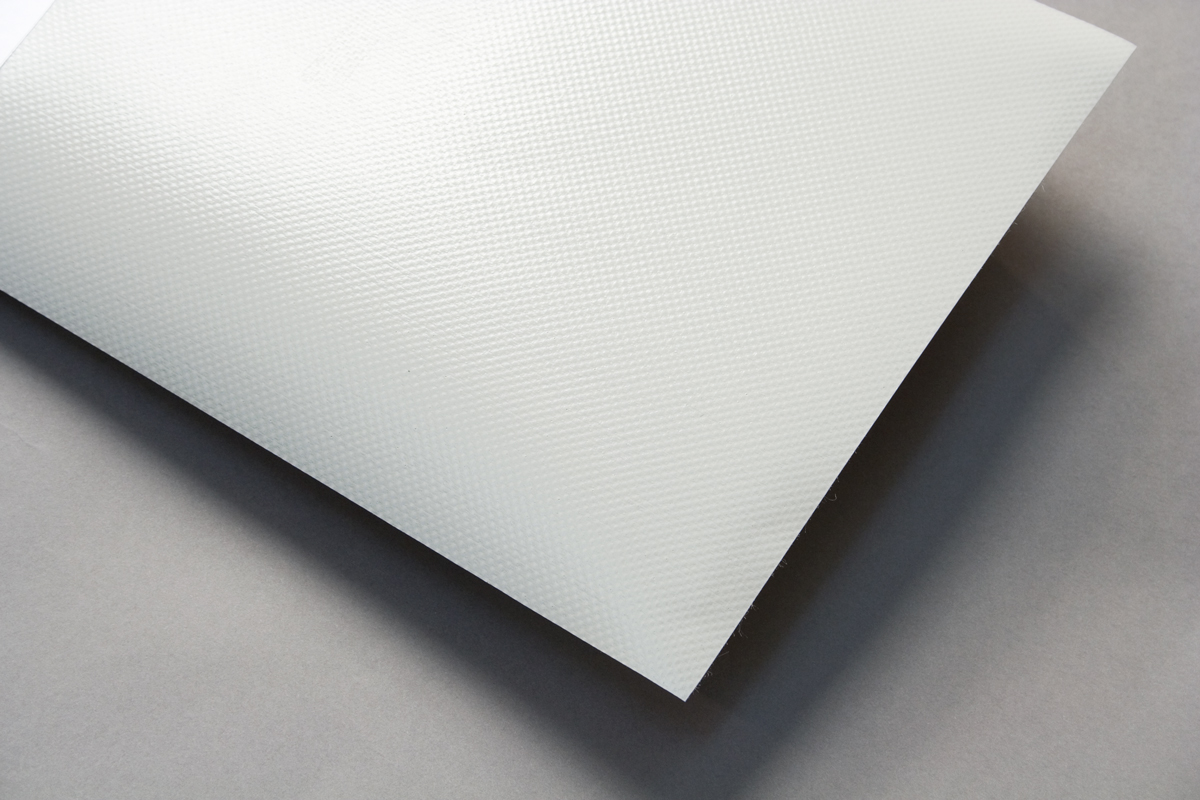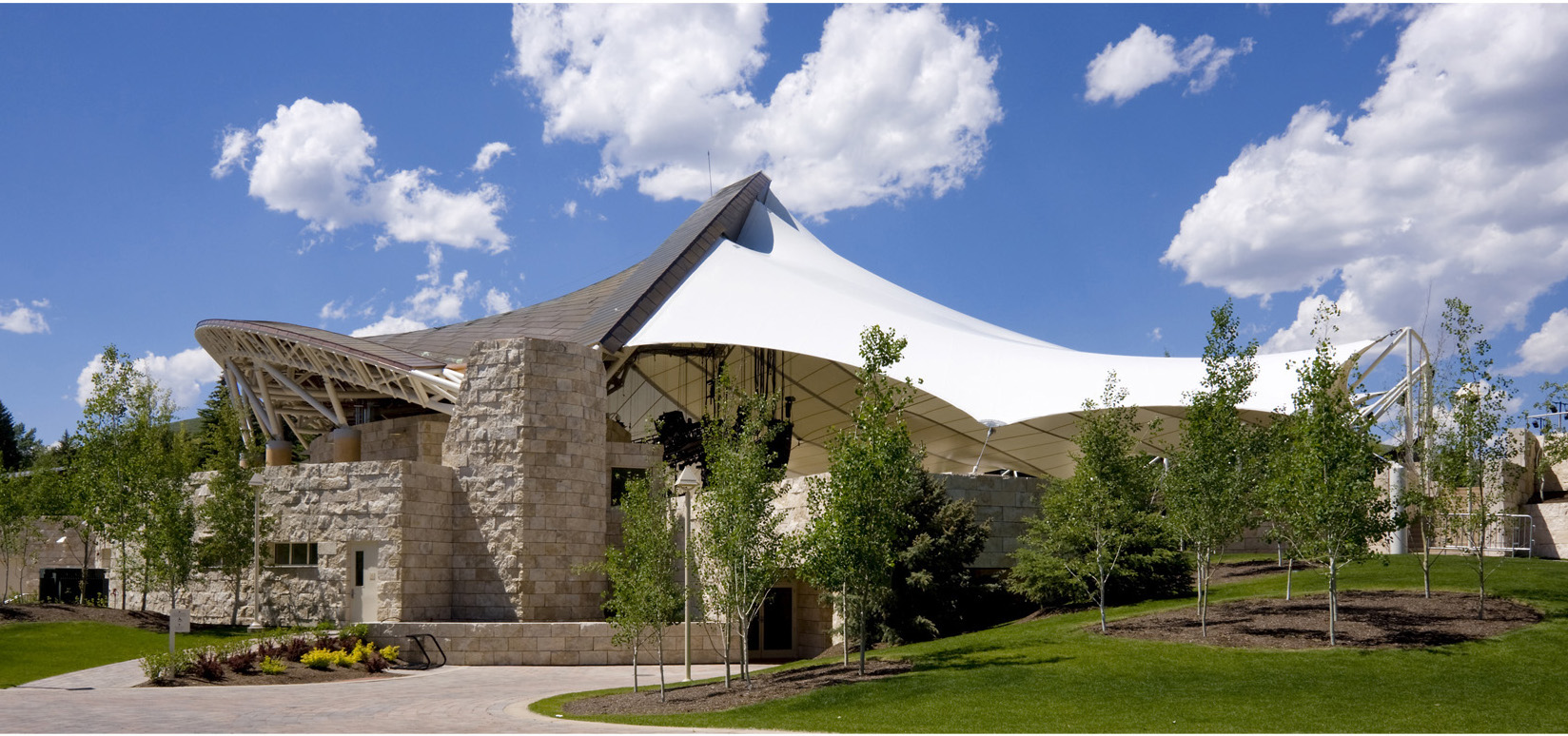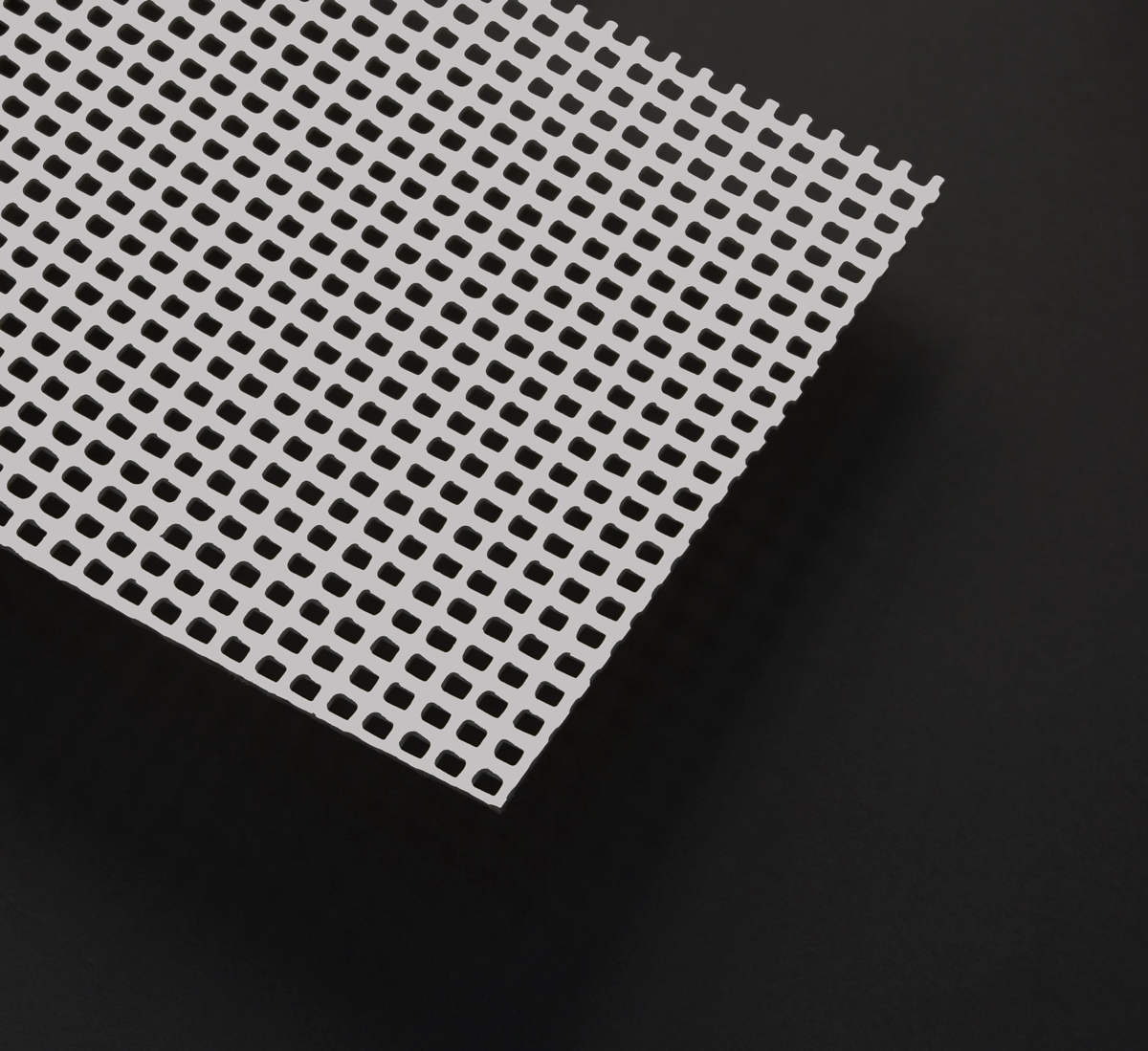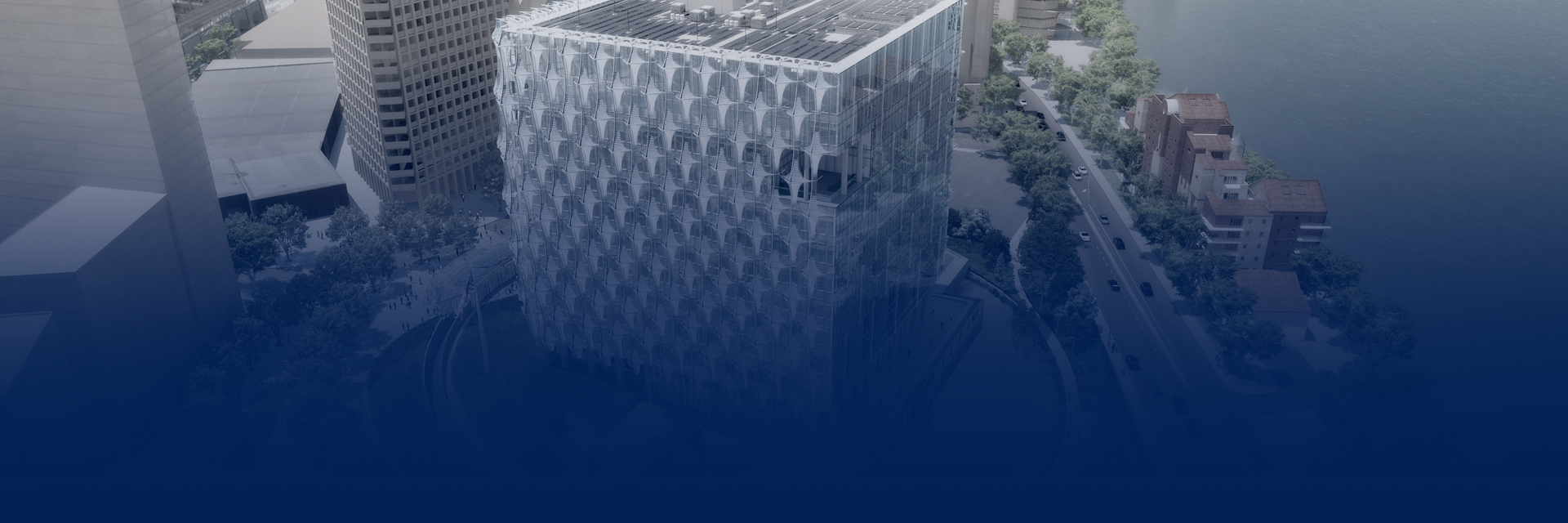PVC
PVC, or polyvinyl chloride, is available as a woven or non-woven material, and has been a staple in the fabric membrane roofing industry since the early 1960s.

PVC membrane is a cost-effective alternative to traditional roofing systems and can be produced in a multitude of colors to coordinate with individual building project needs. When produced in bright white, this flexible fabric membrane reduces radiant heat gain, keeping interior temperatures cooler during warmer weather conditions.
PVC membrane is commonly coated with a protective acrylic or PVDF top coat with a design life of approximately 15-20 years. If PVC membrane is exposed to high levels of UV in such areas like Florida or in the Southwest U.S., the design life of PVC is approximately 10-15 years.
Technically, PVC is a molecule comprised of carbon, hydrogen and chlorine. The combination of these elements results in a single-ply membrane that is simple to manufacture. During fabrication, remnants can be recycled and melted down to be reproduced, resulting in less waste.
Because PVC is a thermoplastic, this membrane can be softened into a semi-solid state and infused with UV light inhibitors and anti-soiling fungicides. During installation, multiple sheets of the fabric can be overlapped and fused together in a process known as weldable seam technology. Once cooled at room temperature, these sheets form one continuous membrane.
Lastly, PVC membrane is fire resistant and meets numerous energy code standards, including those set by the U.S. Environmental Protection Agency and the U.S. Department of Energy.

PVC-coated (polyvinyl chloride) mesh is an exceptionally durable fabric membrane produced with polyester, fiberglass and other types of reinforcements.
PVC-coated mesh is weaved during fabrication, resulting in increased tensile strength. This enhanced tensile material offers architects and building owners greater versatility during the design phase of project development, diminishing concerns about fabric compatibility and size.
In addition, PVC-coated mesh are typically RF welded to form the membrane panels on Birdair’s tensile structure systems. These systems can be used in a wide range of climates, making it a sound choice for a multitude of weather conditions (-30° C to +70° C). PVC-coated mesh also offers aesthetic features such as partial transparency, which allows for more natural daylighting, increased textural interest and wide color selection.
Most recently, PVC-coated mesh has been designed for vertical surface or façade applications, lending itself to exciting graphic image printing possibilities for commercial and parking garage projects and more.
Finally, PVC mesh is fire resistant and meets numerous energy code standards, including those set by the U.S. Environmental Protection Agency and the U.S. Department of Energy.


